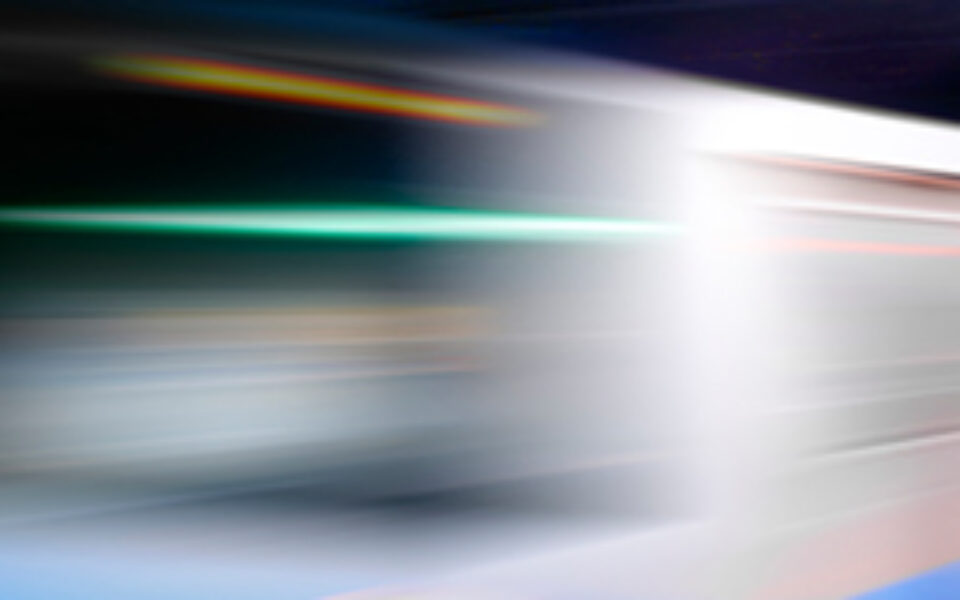Faster Than a Speeding Bullet

A new world record was set this week. For anyone who enjoys a good adrenaline rush, this one’s for you. On Tuesday, Japan’s Maglev (for magnetic levitation) bullet train reached 375 miles per hour during a test run, breaking its own previous record of 366 MPH set just last week. The new Maglev milestone has already been certified by the Guinness Book of World Records. As a new category, the Maglev is now the second fastest rail vehicle on record, superseded only by the manned rocket sled which reached 632 MPH on December 10, 1954. (The fastest land vehicle ever was the Thrust Supersonic Car, a jet-propelled car recorded doing 763 MPH, which broke the sound barrier).
Putting aside the sheer awe of what it must be like to be at the controls of a Maglev – or to feel the whoosh of one whizzing by – I’m already looking ahead to how this next advancement in light rail will help Marcum’s business. That’s assuming the technology makes it here to the U.S. Prime Minister Shinzo Abe is expected to start promoting the Maglev in the U.S. during his visit here next week. Of course, even if he’s successful in his pitch, I’ll probably be long retired by the time it gets here. But that’s OK. I’m casting my vote of confidence for the benefit of Marcum’s next generation of partners.
A lot of our people use Amtrak to travel among our offices on the Northeast corridor, currently including Philadelphia, New York, Boston and Providence. The Amtrak Acela is great (when it’s operating), but the Maglev is more than twice as fast as the Acela’s maximum speed of 150 MPH. You don’t have to be an accountant to know that that potentially cuts our travel time in half. That would make my trips from NYC to Philadelphia a 35-minute train ride, instead of the 70 minutes it takes now. And for those who are married to their cars, it will provide plenty of opportunity for remorse while they’re crawling through interstate traffic. For those of us that make the NYC/Long Island commute (irrespective of direction), that hour-plus train ride, or eternity on the LIE, could be cut in half. Imagine a high speed elevated rail on the 405, where I was stuck in traffic yesterday!
Efficient public transportation systems are essential to all great cities. Connecting neighborhoods to neighborhoods, suburbs to cities, and cities to each other underpins successful commerce and industry and reduces reliance on cars (not to mention the associated expense and environmental impact). How to improve and expand public transportation and reduce traffic is one of the driving (smile) issues for city governments everywhere.
Whether the Maglev could turn out to be part of the answer for U.S. cities we’ll have to wait to find out.
